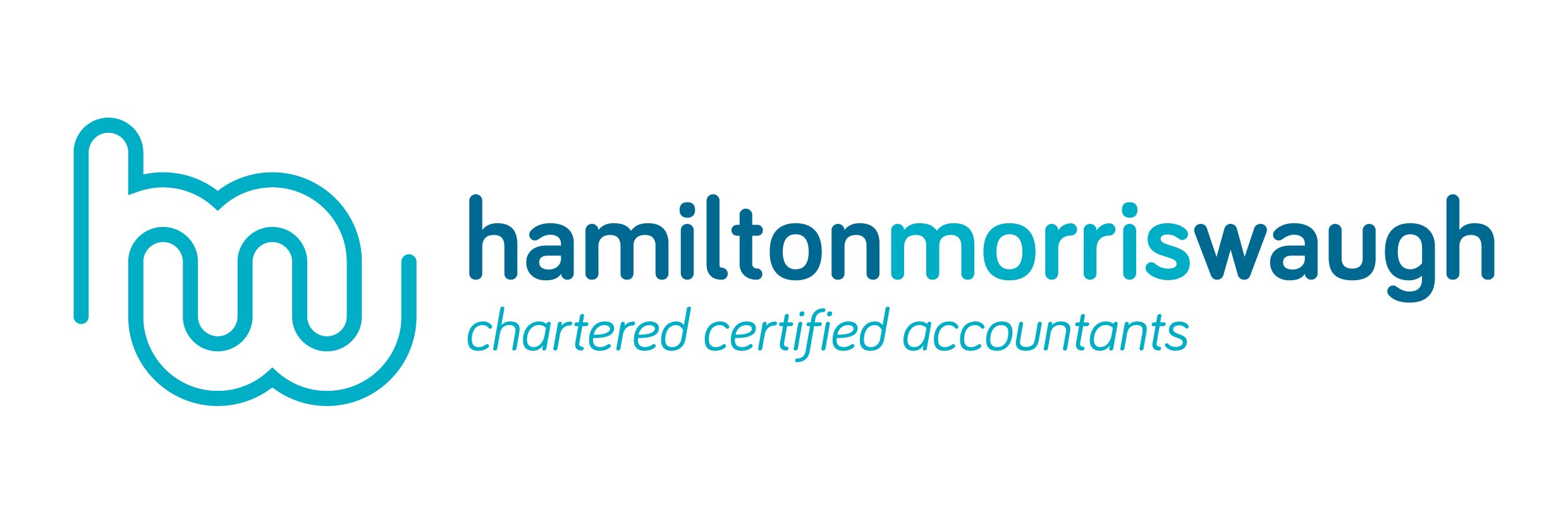If you work in the construction sector, you may need to register for the construction industry scheme (CIS). Under the CIS scheme, contractors must deduct taxes from subcontractor payments and pass the money onto HMRC.
It’s important to comply with this scheme when hiring subcontractors, but navigating the rules can be complicated. As expert CIS return accountants, we’re here to shed some light on how the scheme works.
From work types and contractor registration to the VAT reverse charge, here’s what you need to know about the CIS scheme.
How does the CIS scheme work?
Many construction business owners (contractors) pay self-employed workers (subcontractors) to carry out construction work. According to CIS scheme rules, these contractors must deduct money from what they pay the subcontractors and pass this on to HMRC. These deductions count as advance payments towards the subcontractor’s income tax bill and National Insurance contributions (NICs).
Who needs to sign up for the scheme?
Contractors are legally required to sign up for the CIS scheme if:
- they hire subcontractors for construction work
- their non-construction business spends over £1 million on construction projects over a three-year period
Signing up for the scheme is not mandatory for subcontractors, but it’s often beneficial to do so as it reduces the tax payable. If a subcontractor signs up for the CIS scheme, the tax rate the contractor must apply decreases from 30% for unregistered subcontractors to 20%.
Which types of work are covered by the CIS scheme?
Most work on structures, buildings, and civil engineering works fall within the scope of CIS, including:
- site preparation activities (eg laying foundations)
- general building work
- demolition
- alterations, repairs and decoration
- cleaning interiors after construction work
However, some construction operations are excluded from the scheme such as architecture and surveying, carpet fitting and scaffolding hire.
For more information on work covered by the CIS scheme, read HMRC’s CIS guide for contractors and subcontractors.
Getting started
Registering as a contractor
Registering as a contractor under the CIS scheme involves following the same process as registering as an employer. The information you’ll need to provide includes:
- your business name
- your NI number
- your business’s unique taxpayer reference number (UTR)
- your VAT registration number
After you’ve completed the process, HMRC will send you a letter telling you what you need to know to start working as a CIS contractor.
Verifying subcontractors
You’ll also need to verify new subcontractors before paying them, either by using the HMRC CIS online service or commercial CIS software.
Once you’ve provided the subcontractor’s details, HMRC will tell you whether they are part of the CIS scheme and which deduction rate to apply.
Calculating payments and deductions
To calculate deductions on payments, take the total value of the subcontractor’s invoice and subtract their total expenses.
You’ll then need to deduct the relevant CIS percentage rate from that figure (usually either 20% or 30%).
Understanding the VAT reverse charge
If you are a CIS contractor or subcontractor and registered for VAT, you’ll also need to know how the VAT domestic reverse charge could affect you.
Introduced in 2021, this tax mechanism shifts the responsibility for collecting, reporting and paying VAT from the seller (subcontractor) to the buyer (contractor).
The impact on contractors
When you receive construction services from your subcontractor, you’ll need to account for any VAT due on your VAT return instead of paying it to the subcontractor. You can then reclaim this VAT as input tax on the same VAT return.
As a result, it’s important to make sure that your accounting software is equipped to handle the reverse charge.
The impact on subcontractors
If you’re a contractor and provide services that fall under the scope of the reverse charge, you cannot include VAT in your invoice total. Any invoices you send must inform the customer (or contractor) that they are responsible for reporting and paying VAT.
Construction industry accountants
The rules surrounding the CIS scheme can be complicated, especially when the VAT reverse charge applies.
As construction industry experts, Hamilton Morris Waugh is here to help, whether you’re unsure about your VAT obligations under CIS or need help finding the right software.
We can also save you time and stress by managing your CIS returns for you, allowing you to focus on running your construction business.
Get in touch with us to find out more.


